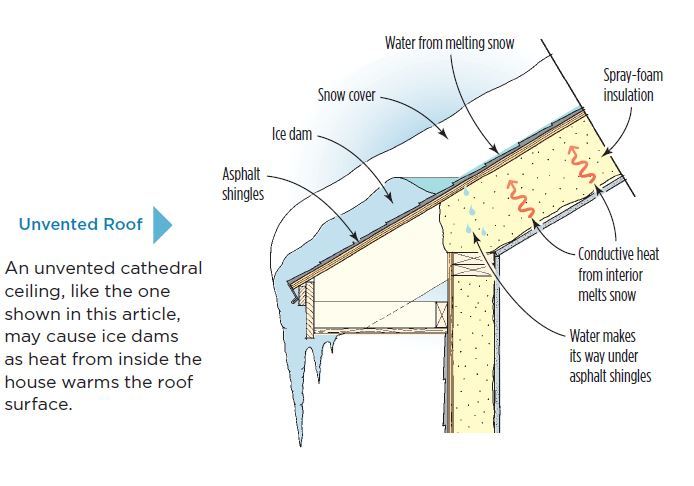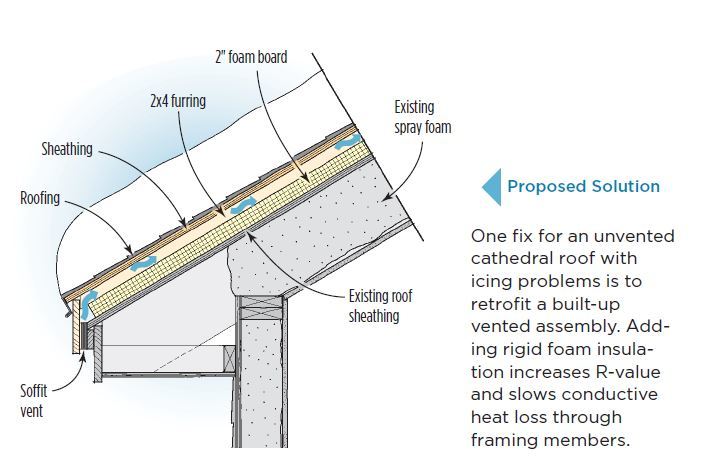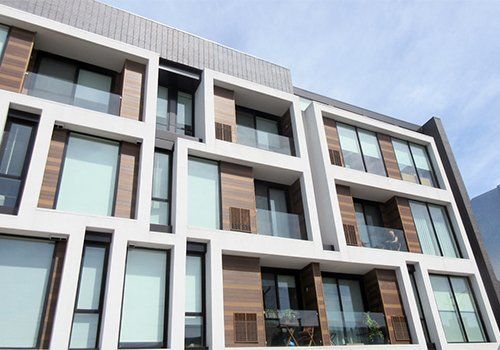Preventing Ice Dams
Bustamante Engineers • January 15, 2020
Typically an Insulation and Air-Sealing Problem
The cause of the ice dam is heat escaping from the interior, which melts the snow. The melt water then refreezes at the eaves, creating a "dam" that causes water to back up the roof, increasing the chance of a roof leak.
Ice dams are often viewed as a winter-time exterior problem to be solved with ice melting salts and heat tape. But such solutions risk damage to the roof, or even fire, and don't address the cause of the problem. Many builders also think that a peel-and-stick at the roof edge is the solution. This may avoid a leak to the interior from the snow melt, but it will do nothing to solve the ice dam.
Roof ventilation can overcome the problem and that is a primary reason vented roofs have been required by building codes. Keeping roofing materials cooler in hot weather is the other main reason.
Proposed Solution
The solution to any ice dam is two-fold:
- If possible, fix any air leaks and add more insulation to avoid excessive heat loss.
- Create a cold roof by adding roof ventilation.
Air leakage through the ceiling is a prime source of heat loss that should be investigated first. Kitchen soffits along exterior walls that are open to the attic are a common culprit. Low-slope roofs may not have sufficient insulation near exterior walls. And cathedral ceilings may not have sufficient insulation anywhere. In these cases roof ventilation is paramount.
SHARE CONTENT
Bustamante Blog
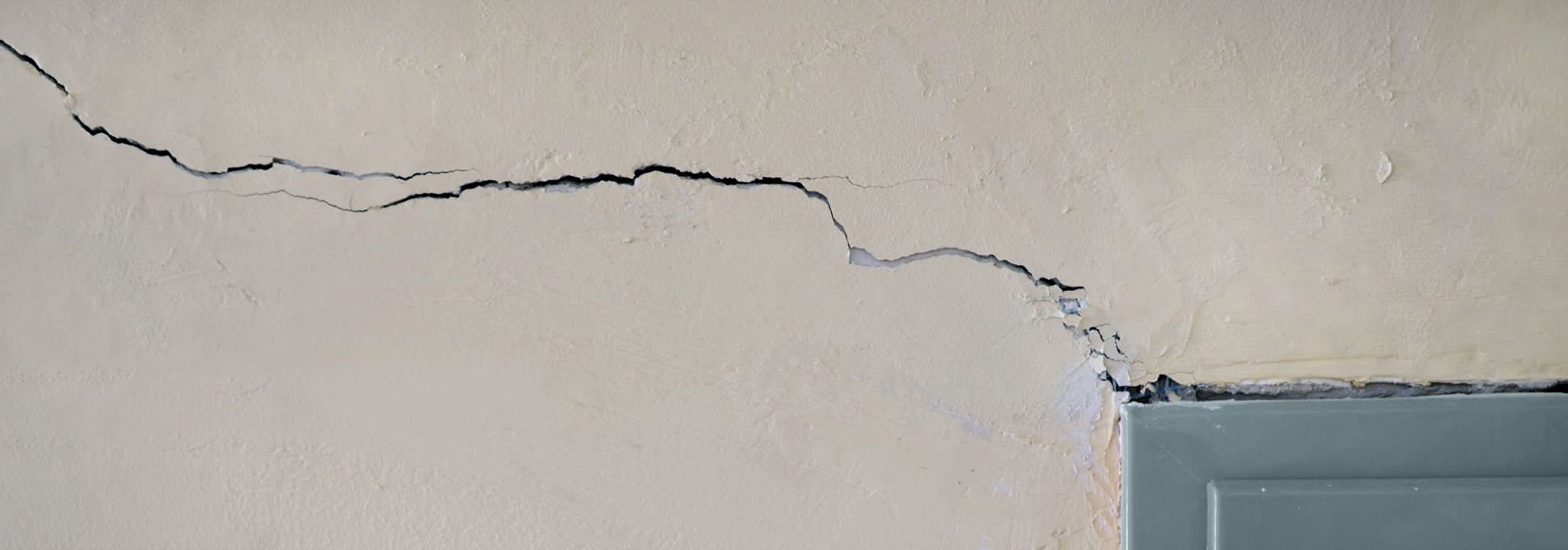
Cracks in walls can be a confusing sight for homeowners, as they may wonder if the cracks are harmless or indicative of structural problems. The key to proper repair and prevention lies in understanding what type of crack it is and its cause. Not all wall cracks should raise equal levels of concern. Whether hairline or larger, vertical or diagonal, each crack tells a unique story about the state of your house’s structure and the external factors affecting it...

The BUSTAMANTE ENGINEERS Inc. project that we are highlighting this month is CMP pipes that deteriorated and caused a portion of the pipe to collapse, and the necessary funding to complete the project. These four pipes were initially installed to allow for an existing creek to continue flowing underneath a roadway. The project was pertinent as one of the four had already collapsed and the remainder of the pipes were in a similar disrepair. The cost of replacing the 400 linear feet of pipe was a significant undertaking but made possible with the assistance in the form of a loan received from Pennsylvania Infrastructure Investment Authority (PENNVEST).

From the initial site analysis to the final inspection, professional engineers ensure that every aspect of a residential renovation is structurally sound, safe, and compliant with all relevant regulations. Engineers also contribute to modern energy efficiency goals by designing systems and structures that reduce environmental impact and enhance energy efficiency. Their role is not only about ensuring the technical aspects of the renovation but also about providing peace of mind to homeowners, knowing that their home is in capable hands.
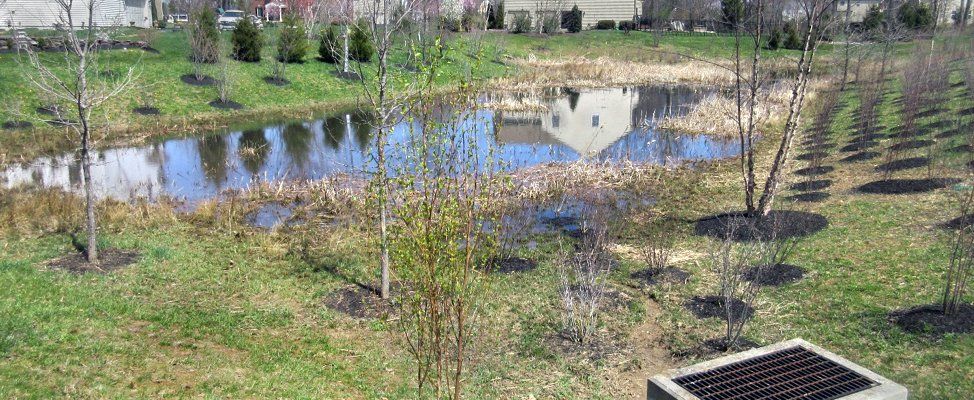
Any impervious surface, including items such as roads, roofs, or sidewalks, does not allow water and snow to drain into the soil and thus increases the amount of stormwater runoff. Common practice is to prevent the stormwater runoff from traveling off the developed site, making detention or retention basins necessary...
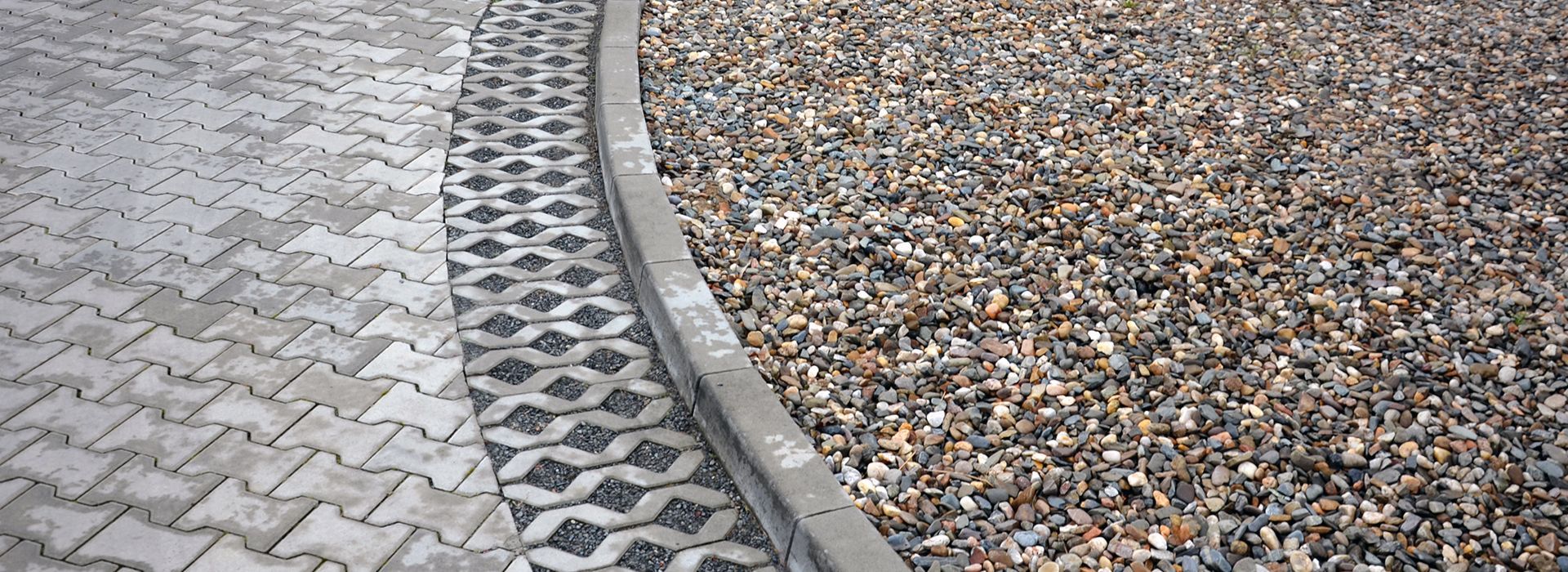
Are you thinking about updating or expanding your driveway - or constructing a new one? Let’s take some time to deep dive into the benefits of each type of common pavement material: ASPHALT, CONCRETE, GRAVEL/STONE & PAVERS. This article will talk specifically about gravel driveways and the various types of pavers available...


